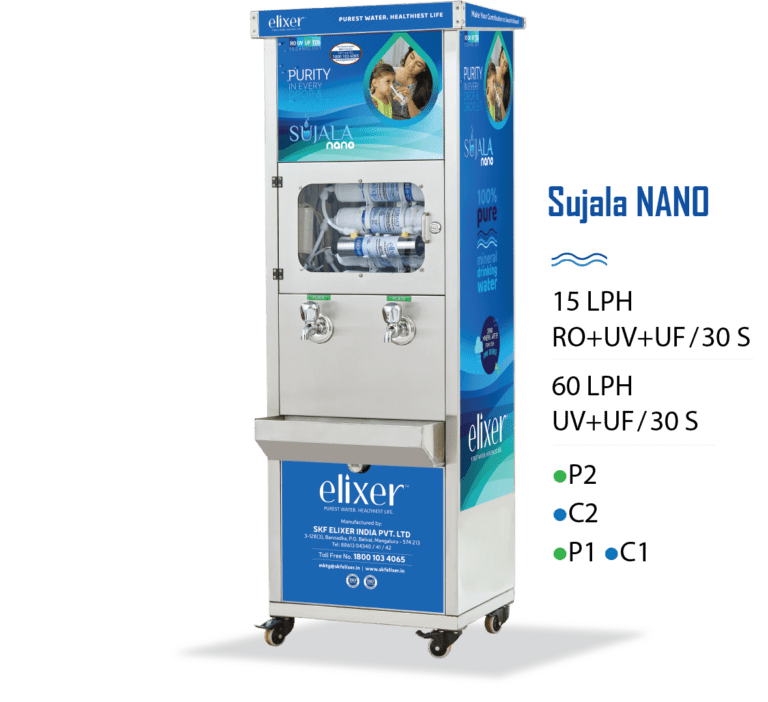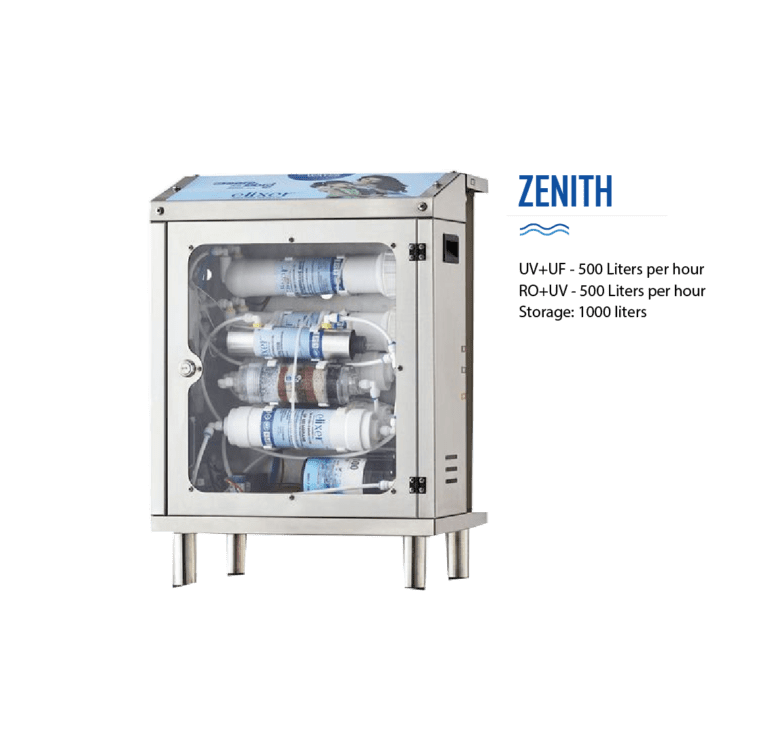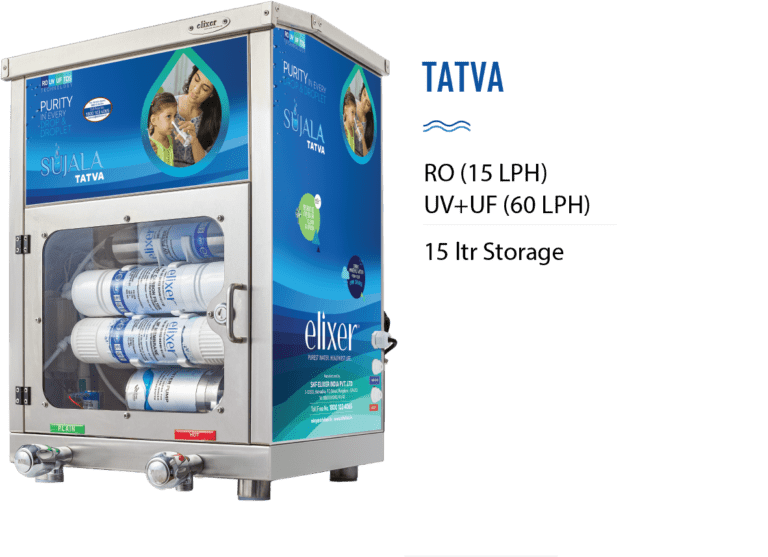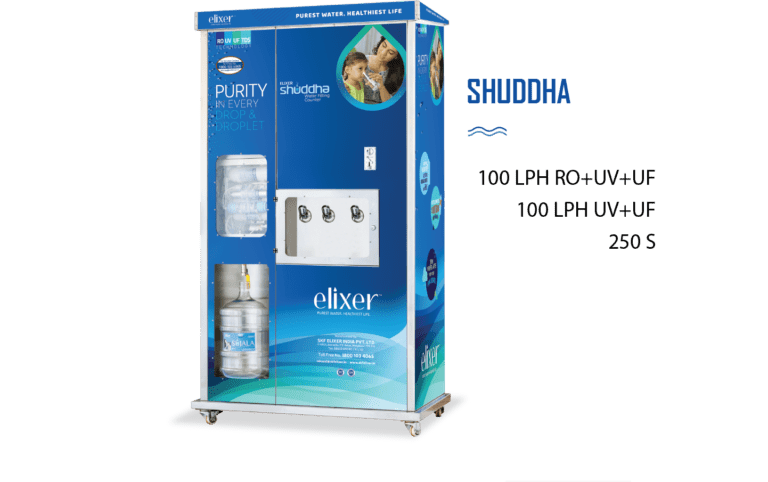Table of Contents
Reverse osmosis water filter systems stand out as a powerful solution, delivering pure, safe water for families and workplaces. In the vibrant pulse of Indian households and businesses, from the busy kitchens of Mumbai to the industrial hubs of Chennai, access to clean water is a cornerstone of health and productivity. With over 40% of municipal water supplies contaminated with high TDS (500-2,000 ppm) or pathogens, ensuring safe drinking water is a pressing need.
For homeowners, office managers, and industries, adopting a RO water purification system ensures compliance with BIS standards, saves lakhs annually, and promotes sustainability.
This blog explores how reverse osmosis works for water purification, highlights the benefits of reverse osmosis over other filtration methods, and guides you on implementing the best water filtration technology with SKF Elixer’s advanced solutions.
The Critical Need for Advanced Ro Water Filtration in India
India’s water challenges are stark as few millions of people face water scarcity, and few suffer from waterborne illnesses yearly due to contaminated supplies.
Households consume 10-50 litres daily, while businesses like restaurants or factories use 500-10,000 litres, often relying on costly bottled water (₹20-50 per litre) or risking health with untreated sewage water.
An RO water system removes 99% of contaminants, achieving TDS levels of 50-150 ppm, far surpassing basic filtration methods like UV or carbon. By investing in reverse osmosis filtration, families and businesses reduce medical costs (₹5,000-₹20,000 per household yearly) and plastic waste (365,000 bottles per 1,000 litres). Let’s uncover why RO is ideal for home and commercial use and its unmatched advantages.
How Reverse Osmosis Works For Water Purification Involves a Sophisticated Process
- Pre-Filtration: Sediment and carbon filters (changed every 3-6 months) remove dirt, sand, and odors, protecting the RO membrane.
- RO Membrane: Water is forced through a semi-permeable membrane (0.0001 micron pores) under pressure, removing 95-99% of dissolved solids, heavy metals, and pathogens.
- Post-Filtration: Carbon polishing enhances taste, ensuring BIS-compliant water (TDS 50-150 ppm).
- TDS Control: Adjusts mineral content for optimal taste.
- Waste Management: RO produces 1-2 litres of wastewater per litre purified, manageable with recycling systems.
Contaminants removed by reverse osmosis systems make RO unmatched
- Dissolved Solids: Reduces TDS (salts, minerals) from 500-2,000 ppm to 50-150 ppm.
- Heavy Metals: Removes 95-99% of lead, arsenic, and cadmium, linked to 10-15% of chronic illnesses in India.
- Pathogens: Eliminates 99.9% of bacteria and viruses, preventing waterborne illnesses yearly.
- Chemicals: Filters pesticides and nitrates (common in 60% of groundwater), reducing health risks.
- Microplastics: Blocks particles >0.0001 microns, critical in urban supplies.
Benefits of reverse osmosis over other filtration methods highlight why RO is the best water filtration technology
- Superior Contaminant Removal
Unlike UV (kills pathogens but not TDS) or carbon filters (remove odors but not metals), RO eliminates 95-99% of all contaminants, achieving potable standards.- Impact: Ensures clean water for drinking and cooking.
- Versatility for Home and Commercial Use
Why RO is ideal for home and commercial use: Scales from 10-litre/hour home units to 1,000-litre/hour industrial systems, suiting diverse needs.- Impact: Serves 5-500 people daily.
- Health and Safety
Is reverse osmosis safe and efficient for daily use? Yes, RO delivers BIS-compliant water, reducing illness risks by 90%, saving ₹5,000-₹20,000 per household yearly.- Impact: Boosts employee health in offices.
- Cost Savings
Replaces bottled water (₹20-50/litre) with RO water (₹2-5/litre), saving ₹50,000-₹5 lakh yearly for a 50-person office using 500 litres daily.- Impact: Cuts operational costs.
- Environmental Benefits
Reduces plastic bottle use (365,000 per 1,000 litres), cutting 5-10 tonnes of waste yearly per 100 systems.- Impact: Supports Swachh Bharat goals.
These advantages make reverse osmosis filtration superior to UV, UF, or gravity-based systems.
Challenges and Solutions Faced in Reverse osmosis System
Implementing a RO water system faces hurdles:
- High Initial Costs: ₹50,000-₹5 lakh for systems strains budgets.
- Solution: Start with compact home units (₹10,000-₹50,000) or scale up gradually.
- Wastewater: Produces 1-2 litres waste per litre purified.
- Solution: Recycle wastewater for flushing or gardening.
- Maintenance: Membranes need replacement every 1-2 years.
- Solution: Train staff and use automated sensors.
- Public Perception: Concerns about mineral loss in RO water.
Solution: Use TDS controllers and educate via campaigns
Steps to Implement a Reverse Osmosis System
Ready for RO water purification? Follow these steps:
- Assess Water Needs: Estimate usage (10-50 litres/day for homes, 500-10,000 litres for businesses).
- Test Water Source: Analyze TDS/pathogens (₹500-₹2,000) to confirm RO need.
- Choose System: Select home (10-60 litres/hour) or commercial (250-1,000 litres/hour) RO system.
- Budget: Plan ₹10,000-₹5 lakh setup, ₹10,000-₹50,000 yearly maintenance.
- Select Vendor: Partner with BIS-certified SKF Elixer for reverse osmosis water filter.
- Promote Benefits: Educate users on contaminants removed by reverse osmosis systems.
Conclusion
Reverse osmosis water filter systems are the best water filtration technology, delivering clean water by removing 95-99% of contaminants, saving ₹50,000-₹5 lakh yearly, and supporting sustainability. Why RO is ideal for home and commercial use lies in its versatility, health benefits, and cost efficiency.
SKF Elixer India Pvt. Ltd. offers advanced RO systems, including Tatva and Summit, ensuring BIS-compliant water purifier performance. Contact SKF Elixer today to transform your water filtration with their innovative reverse osmosis filtration solutions.
FAQs
Q1: How does reverse osmosis work for water purification?
RO forces water through a 0.0001-micron membrane, removing 95-99% of TDS, pathogens, and metals, ensuring clean water.
Q2: What are the benefits of reverse osmosis over other filtration methods?
Removes 95-99% contaminants (vs. UV’s pathogens-only), and supports home/commercial use.
Q3: Why is RO ideal for home and commercial use?
Scales from 10-1,000 litres/hour, delivers BIS-compliant water, and reduces health risks, saving ₹50,000-₹5 lakh yearly.
Q4: What contaminants are removed by reverse osmosis systems?
95-99% of TDS, heavy metals (lead, arsenic), pathogens, pesticides, and microplastics, ensuring safe water purifier output.
Q5: Is reverse osmosis safe and efficient for daily use?
Yes, RO delivers BIS-compliant clean water with TDS 50-150 ppm, safe for daily use, with manageable wastewater via recycling.
Good reads are meant to be shared









